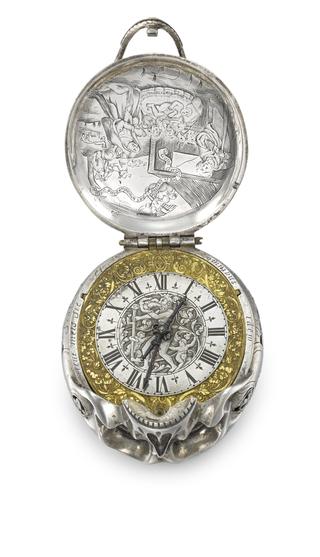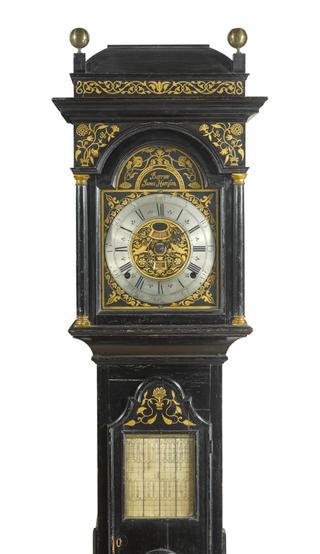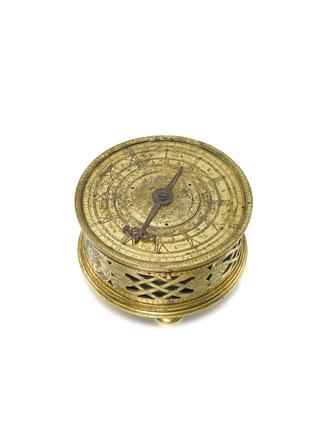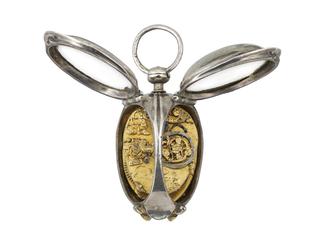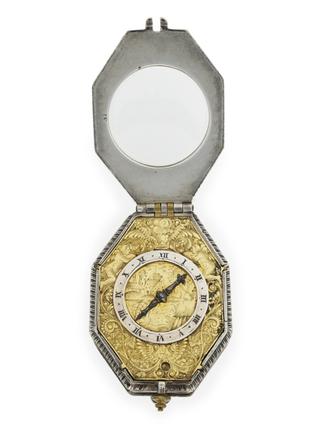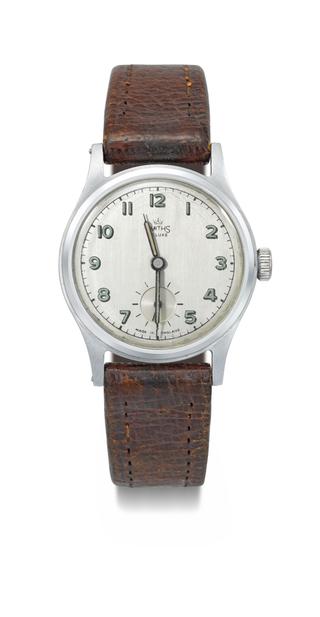
Chinese celestial clockwork globe
- Made:
- 1830





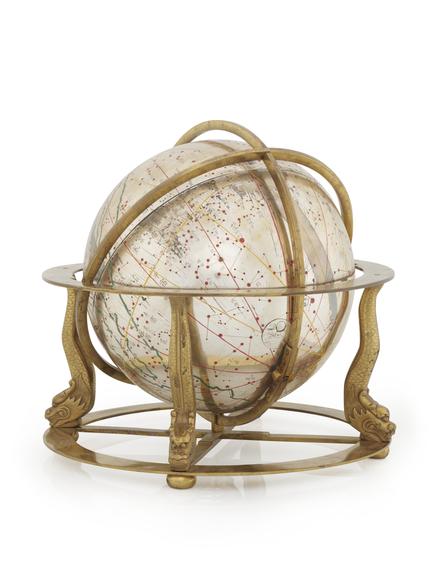
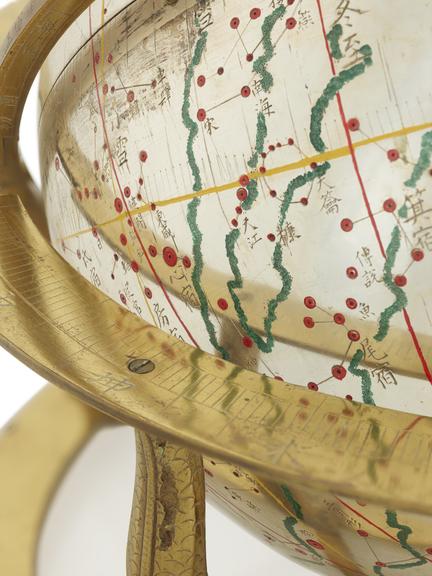



Chinese celestial globe moved by clockwork, by Qui Mei-lu, Wuyuan, China 1828. The globe is driven by a fusee movement with verge escapement and balance, and rotates at the same speed as the stars. It is made from silver-plated copper, with engraved lines, stars and Chinese characters, filled in with colours. Engraved into the globe [in Chinese characters] between the equatorial and ecliptic south poles, is the record of its manufacture, in the fifth civil month of the year 1828, by Qi Mei-lu of Wuyuan [Jiangxi Province]. The globe is seated on a brass stand with four dragon-shaped legs. It formed part of the collection of the Reverend Henry Nelthropp, who later bequeathed his collection to the Worshipful Company of Clockmakers for inclusion in their museum. Clockmakers' Museum No. 590.
In 1807 the astronomical and horological encyclopedia, Gao-hou Meng-qiu, was published in Shanghai. This set out infomation about astronomy, clocks and globemaking, and was likely to be the inspiration behind Qui Mei-Lu's clockwork globes. The stand may be based on the 6 foot diameter celestial globe originally located at at the Beijing Ancient Observatory, which was constructed by the Flemish Jesuit astronomer Ferdinand Verbiest in 1673.
Details
- Category:
- Clockmakers
- Collection:
- The Worshipful Company of Clockmakers
- Object Number:
- L2015-3471
- Materials:
- copper (metal), brass (copper, zinc alloy) and steel (metal)
- type:
- globe and verge movement
- credit:
- Lent by the Worshipful Company of Clockmakers
